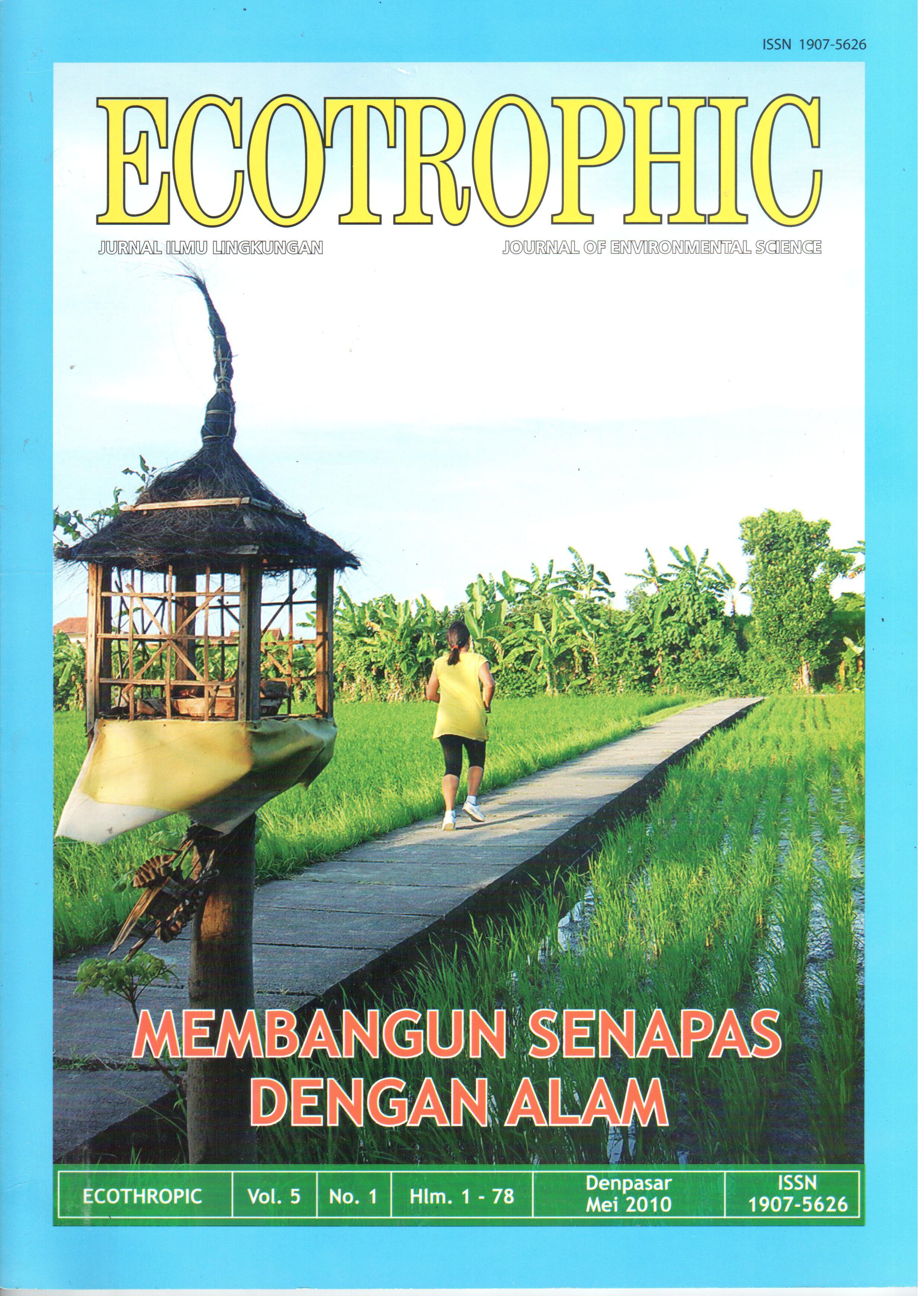STUDI PENANGKAPAN IKAN KEMBUNG (Rastrelliger kanagurta) DENGAN MENGGUNAKAN DATA SATELIT DI LAUT JAWA PADA MUSIM TENGGARA DAN BARAT LAUT
Abstract
caught and consumed by local community. Monsoon is the main factor governing the characteristics of the Java Sea. This research location is in Java Sea. Chlorophyll-a and SST data will be obtained from Aqua-Modis Satellite. Wind data is `from QuikScat Satellite. Sea surface height data is from Jason 1 Satellite. Fishery data will be taken from the Fishing Port of Dadap (West Java) and Pekalongan (Central Java). Pattern of fish catching season will be analyzed using time series technique with ratio to moving average method. Effort optimum and MSY will be taken with Surplus production models by Schaefer (1957). The Total Allowed Catch is 80% x MSY. Wind direction during northwest monsoon flows southeastward and during southeast monsoon flows northwestward. Generally, wind speed and chlorophyll-a in Java Sea during southeast monsoon is relatively higher compare with it during northwest monsoon. Generally, SST and SSH in Java Sea during southeast monsoon is relatively lower compare with it during northwest monsoon. Correlation between chlorophyll-a and SST is inversely correlated with correlation coefficient - 0.578. Correlation value between wind speed and SST is -0.728. SST and SSH correlation is 0.78.During northwest monsoon, low potential area was bigger than potential area. This is cause by chlorophyll-a and low wind speed, SSH and high SST. Therefore, fish production becomes few. Potential area was located in western part of Java Sea. Meanwhile in southeast monsoon, mainly high potential area were in Bawean Island, Masalembo Island and Kangean Island. And potential area was over the Java Sea. This is cause by chlorophyll-a and high wind speed, SSH and low SST. This is indicating upwelling. So, fish production during southeast monsoon was bigger than during northwest monsoon. This match-up value between fishing ground GIS and fishing ground by fisherman is 80.2%. Catching season index shown that the increase of Indian Mackerel abundance is occurring in April and the maximum number is in July and Augustus. This is caused by the highest chlorophyll-a concentration (0.42 mg/m³) and a low SST (27-28ºC), so create a high primary productivity. This environment condition will support fish spawning. Optimum effort value is 345 vessel/month. And TAC value is 437.808 kg/month. The number of fishing vessel since 2002 increased to 2007, over optimum effort. Meanwhile, the fish production is over TAC until the end of 2004. Then it decreased under TAC to 2007. This indicates that fish catching of Indian Mackerel in Java Sea is classified over fishing. Correlation value between Indian Mackerel fish catch to ENSO in Java Sea is 0.127. This is indication of ENSO phenomena did not influence fish catching. F calculates is 6.513 with significant level 0.005. This means, chlorophyll-a and SST are together influence fish catching of Indian Mackerel in Java Sea. And correlation between fish catching with SST and chlorophyll-a is 0.57.
Downloads
Download data is not yet available.
How to Cite
-, Bardiyanto; KASA, I Wayan.
STUDI PENANGKAPAN IKAN KEMBUNG (Rastrelliger kanagurta) DENGAN MENGGUNAKAN DATA SATELIT DI LAUT JAWA PADA MUSIM TENGGARA DAN BARAT LAUT.
ECOTROPHIC : Jurnal Ilmu Lingkungan (Journal of Environmental Science), [S.l.], v. 5, n. 1, nov. 2012.
ISSN 2503-3395.
Available at: <https://ojs.unud.ac.id/index.php/ecotrophic/article/view/2529>. Date accessed: 26 apr. 2024.
Issue
Section
Articles
Keywords
Indian Mackerel, Sea Surface Temperature, Chlorophyll-a, Sea Surface Height, Monsoon


